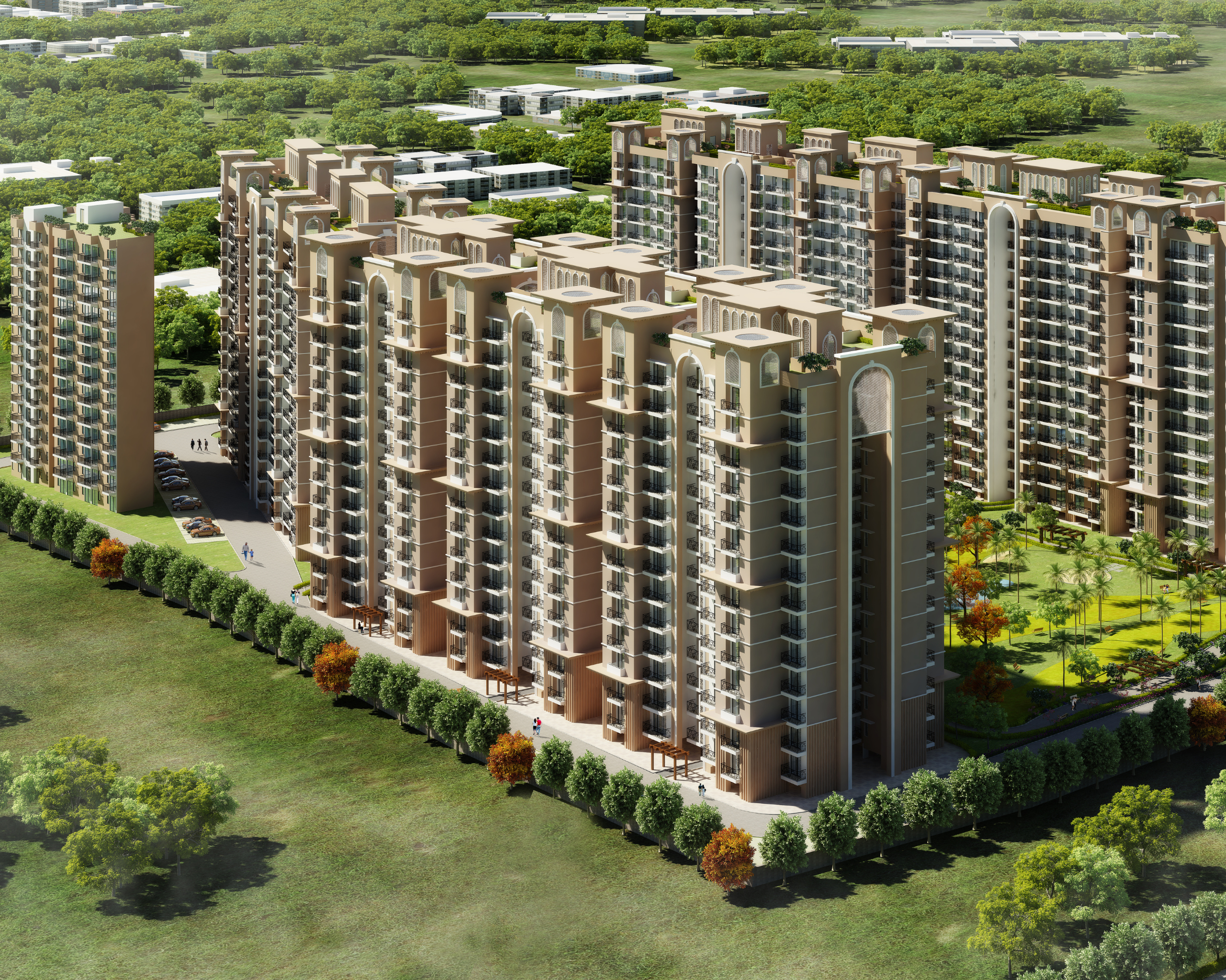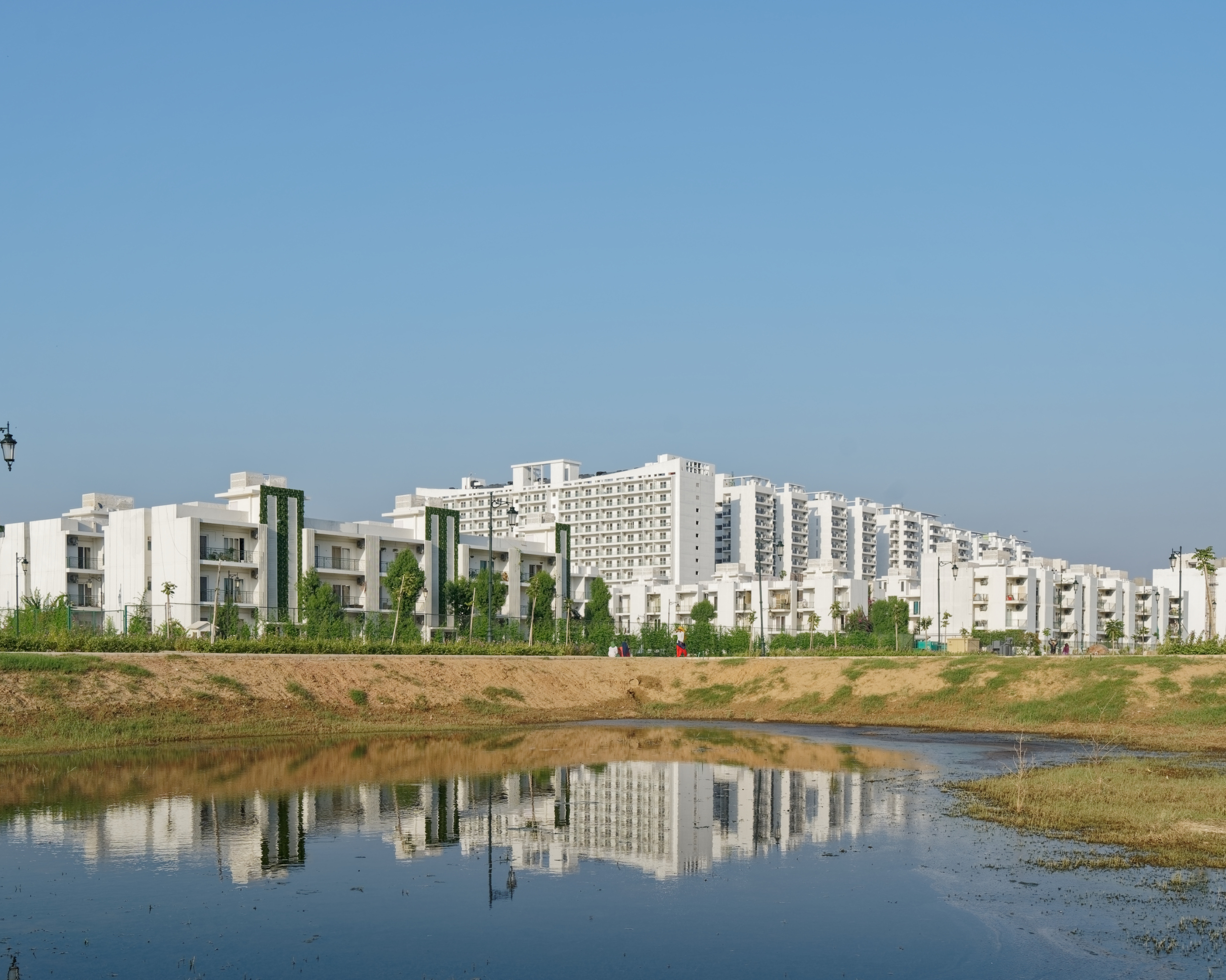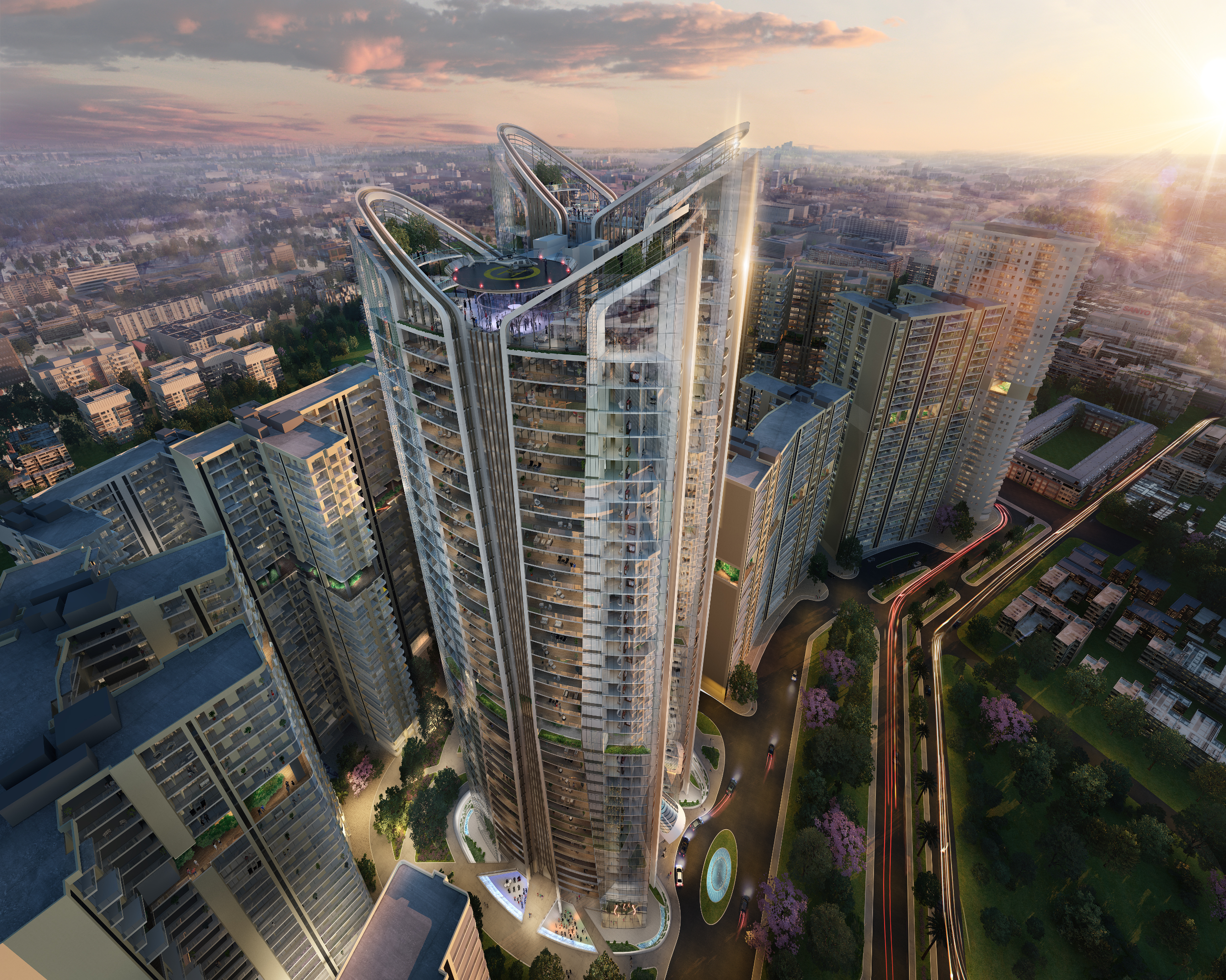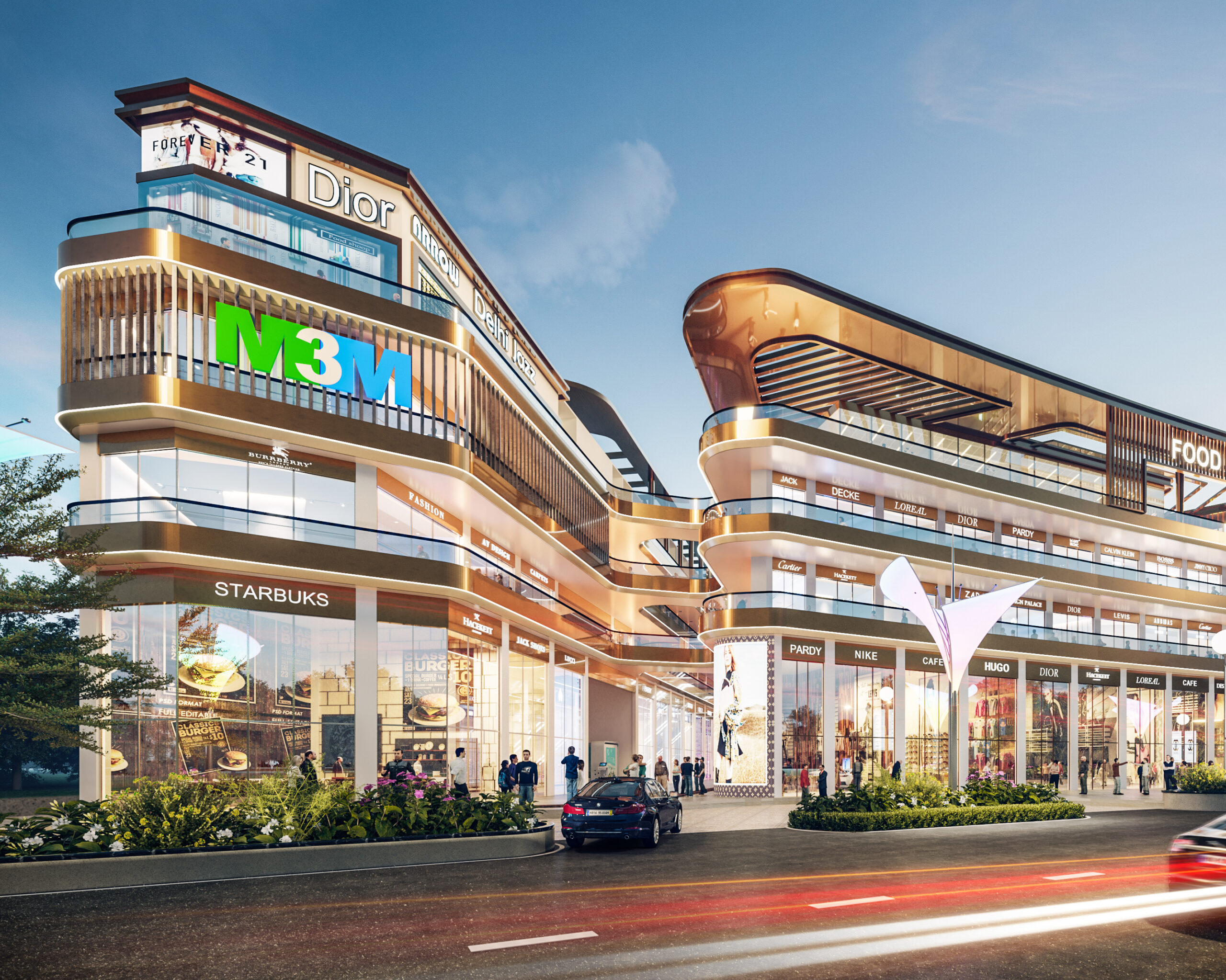Transforming Construction in Architecture: Exploring Modular and Prefabrication Systems
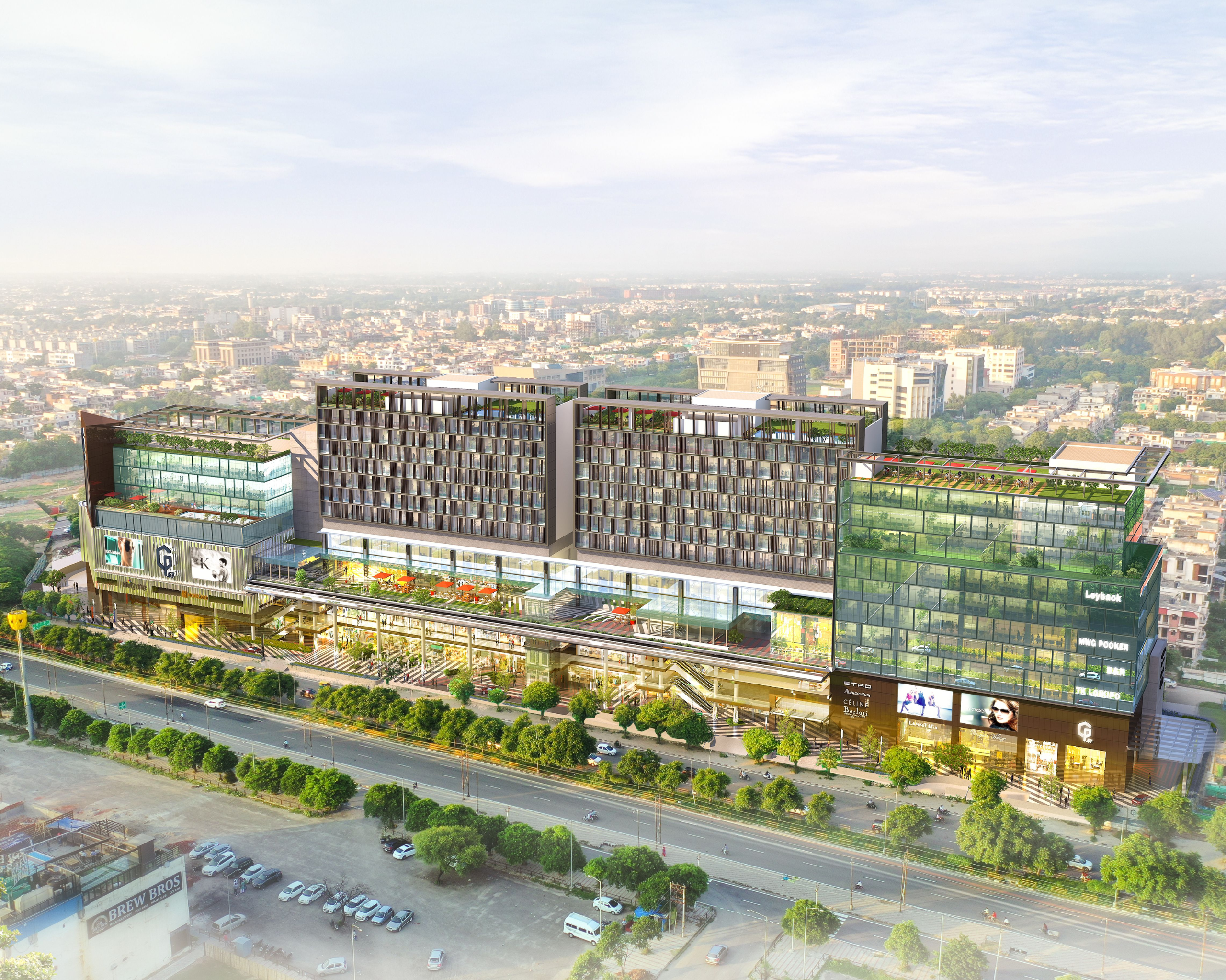
As architecture continues to evolve with cities’ changing needs, embracing modern solutions has become imperative. Modular and prefabrication systems have emerged as effective alternatives due to the increasing demand for urban spaces, rapid construction timelines, and increased awareness of sustainability.
These systems streamline construction by manufacturing components off-site in controlled environments and assembling them on-site. This approach improves efficiency, reduces reliance on weather conditions, and significantly shortens project timelines. Both modular and prefabrication methods have proven ideal for large-scale housing, commercial developments, and urban projects working on strict timelines.
Cost efficiency is another key benefit. Prefabrication reduces material waste by optimising resource use and minimising labour costs. Since maximum work is done off-site, construction is less affected by weather or unforeseen delays, helping projects stay on budget. This approach reduces costs and supports sustainable building practices by limiting waste and lowering carbon footprints.
Moreover, quality control is significantly enhanced through prefabrication. Off-site manufacturing ensures precision, resulting in more reliable and durable components. As a result, the overall quality of the construction is higher, and there are fewer chances of errors or defects typically associated with traditional on-site methods.
Despite their growing need in construction, misconceptions about prefabrication and modular systems persist. Many believe they limit architectural creativity or are unsuited for complex designs. However, advancements in these technologies have enabled extensive customisation, making them ideal for both functional and high-end projects, including those incorporating smart and sustainable technologies.
Advancing technologies such as 3D printing, robotics, and artificial intelligence further enhance these systems. As cities continue to grow, modular and prefabricated systems will streamline construction and play a critical role in shaping sustainable, resilient, and adaptable urban environments. These systems represent the future of architecture, where speed, precision, and sustainability are seamlessly integrated.
